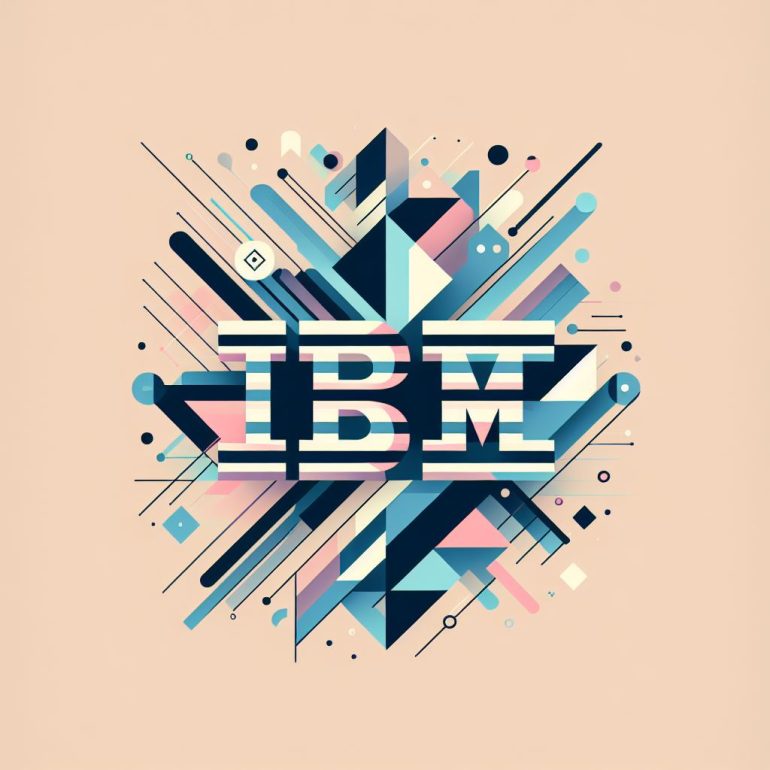- IBM Research introduces groundbreaking method for benchmarking large language models (LLMs), cutting compute costs by 99%.
- Traditional benchmarks like Stanford’s HELM are time-consuming and expensive, costing over $10,000 and taking more than a day to complete.
- IBM’s solution involves miniaturized benchmarks, just 1% of the original size, estimating performance within 98% accuracy.
- Flash HELM, IBM’s condensed benchmark, streamlines model evaluations, leading to significant cost savings and faster iterations.
- Efficient benchmarking accelerates innovation and is gaining traction beyond IBM, indicating a shift in the industry’s approach to LLM evaluation.
Main AI News:
IBM Research recently introduced an innovative method for benchmarking large language models (LLMs), which has the potential to reduce computing expenses by an impressive 99%. This groundbreaking approach, as outlined by IBM Research, utilizes highly efficient miniaturized benchmarks, promising to transform the landscape of AI model evaluation and development, while concurrently slashing both time and financial commitments.
The Evolving Landscape of LLM Benchmarking
As LLMs continue to advance in capabilities, the benchmarking process has grown increasingly demanding, necessitating extensive computational resources and time. Traditional benchmarks, such as Stanford’s HELM, often require over a day to complete and can cost upwards of $10,000, presenting a significant financial burden for developers and researchers.
Benchmarks play a pivotal role in providing a standardized means of evaluating AI model performance across diverse tasks, ranging from document summarization to intricate reasoning. However, the substantial computational demands associated with these benchmarks have posed a formidable challenge, frequently surpassing the costs incurred during the initial model training phase.
IBM’s Groundbreaking Benchmarking Solution
IBM’s innovative benchmarking solution originated from its Research lab in Israel, where a team led by Leshem Choshen devised a novel method aimed at substantially reducing benchmarking expenditures. Rather than executing full-scale benchmarks, the team engineered a ‘tiny’ version encompassing a mere 1% of the original benchmark size. Remarkably, these miniaturized benchmarks have demonstrated near-equivalent effectiveness, accurately estimating performance within 98% accuracy of full-scale tests.
Employing AI algorithms, the team strategically selected the most representative queries from the comprehensive benchmark to incorporate into the compact version. This meticulous approach ensures that the downsized benchmark maintains a high degree of predictiveness regarding overall model performance, eliminating redundant or inconsequential queries that fail to contribute substantially to the evaluation process.
Rapid Adoption and Industry Recognition
IBM’s groundbreaking innovation garnered widespread acclaim within the AI community, particularly during the efficient LLM contest at NeurIPS 2023. Confronted with the task of assessing numerous models amid resource constraints, organizers collaborated with IBM to deploy a condensed benchmark dubbed Flash HELM. This streamlined methodology facilitated the swift identification of underperforming models, enabling computational resources to be directed towards the most promising candidates, thereby streamlining evaluations in a cost-effective manner.
The resounding success of Flash HELM underscored the efficacy of IBM’s efficient benchmarking approach, prompting its integration for evaluating all LLMs on IBM’s watsonx platform. The resultant cost savings are substantial; for instance, assessing a Granite 13B model on benchmarks like HELM could consume up to 1,000 GPU hours, whereas leveraging efficient benchmarking methodologies significantly mitigates these expenses.
Future Implications and Widening Adoption
Efficient benchmarking not only delivers cost savings but also catalyzes innovation by facilitating rapid iterations and the evaluation of novel algorithms. IBM researchers, including Youssef Mroueh, emphasize that these methodologies enable swifter and more economical assessments, thereby fostering an agile development environment.
The concept of efficient benchmarking is gaining momentum beyond IBM’s sphere of influence. Stanford, for instance, has implemented Efficient-HELM, a condensed iteration of its conventional benchmark, offering developers the flexibility to customize the number of examples and compute resources allocated. This paradigm shift underscores the growing consensus that larger benchmarks do not invariably translate into superior evaluations.
“Larger benchmarks don’t inherently confer added value,” asserts Choshen. “This realization propelled our endeavors, and we envisage it heralding faster, more cost-effective avenues for gauging LLM performance.”
Conclusion:
IBM’s efficient benchmarking methodology for large language models represents a significant advancement in the AI market. By drastically reducing computing costs and streamlining evaluation processes, it paves the way for faster innovation and broader adoption of LLM technologies. This paradigm shift underscores the importance of efficiency and cost-effectiveness in driving progress and competitiveness in the AI sector.

